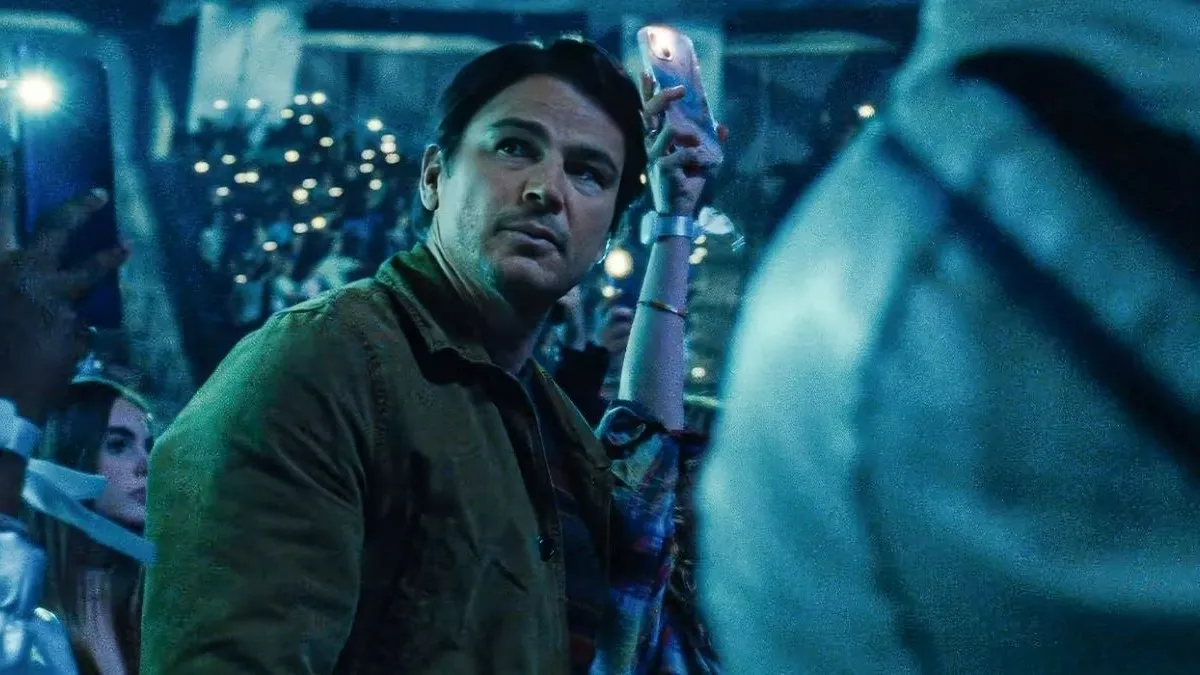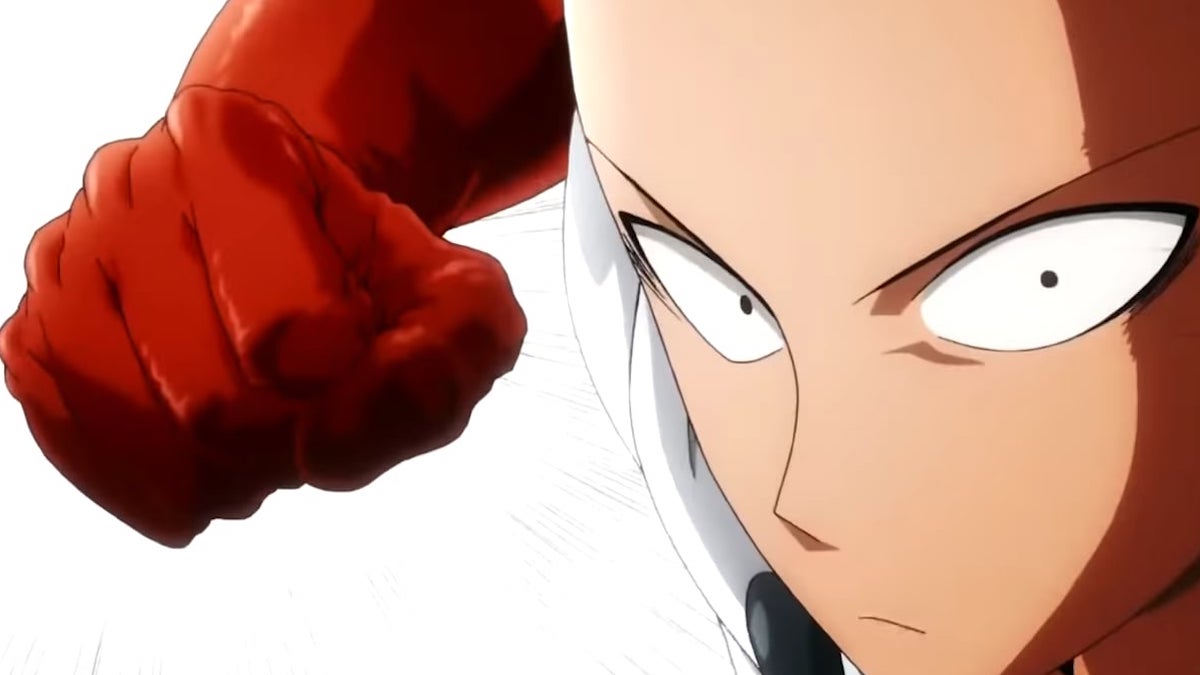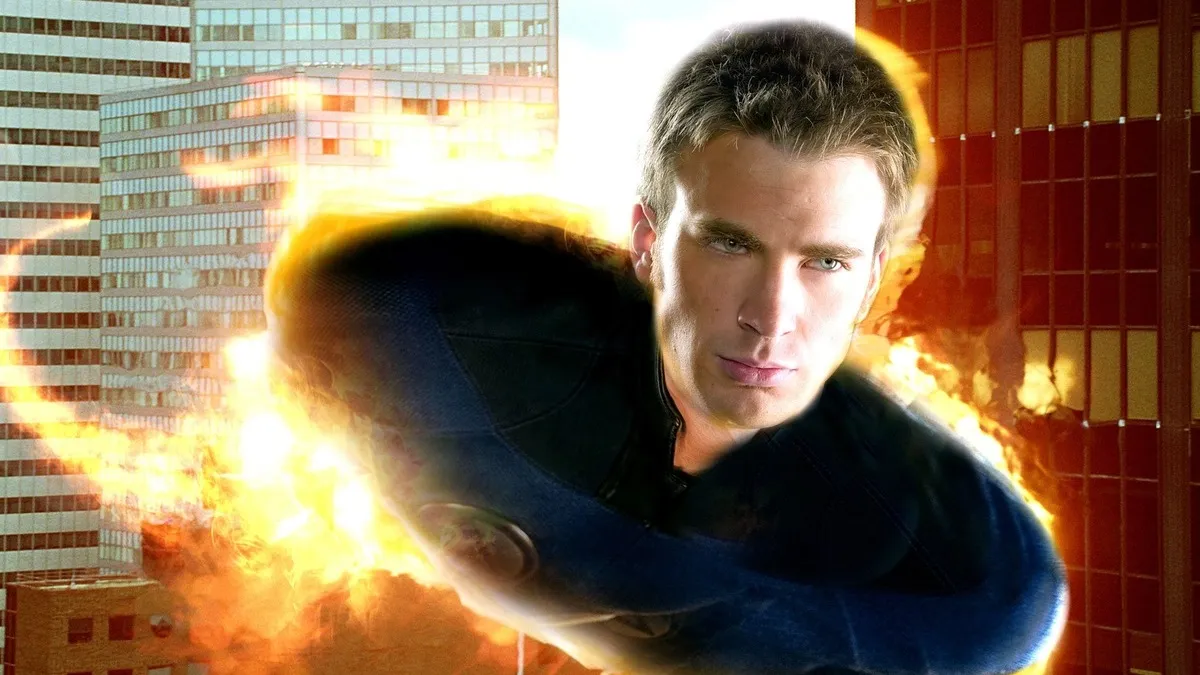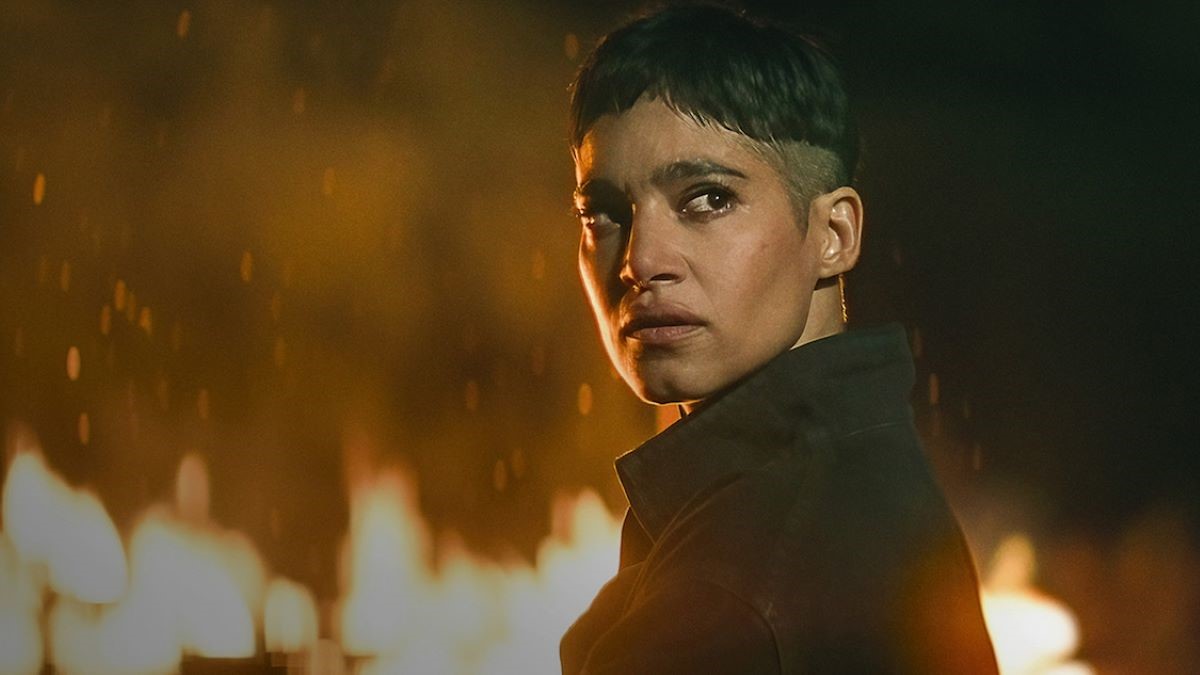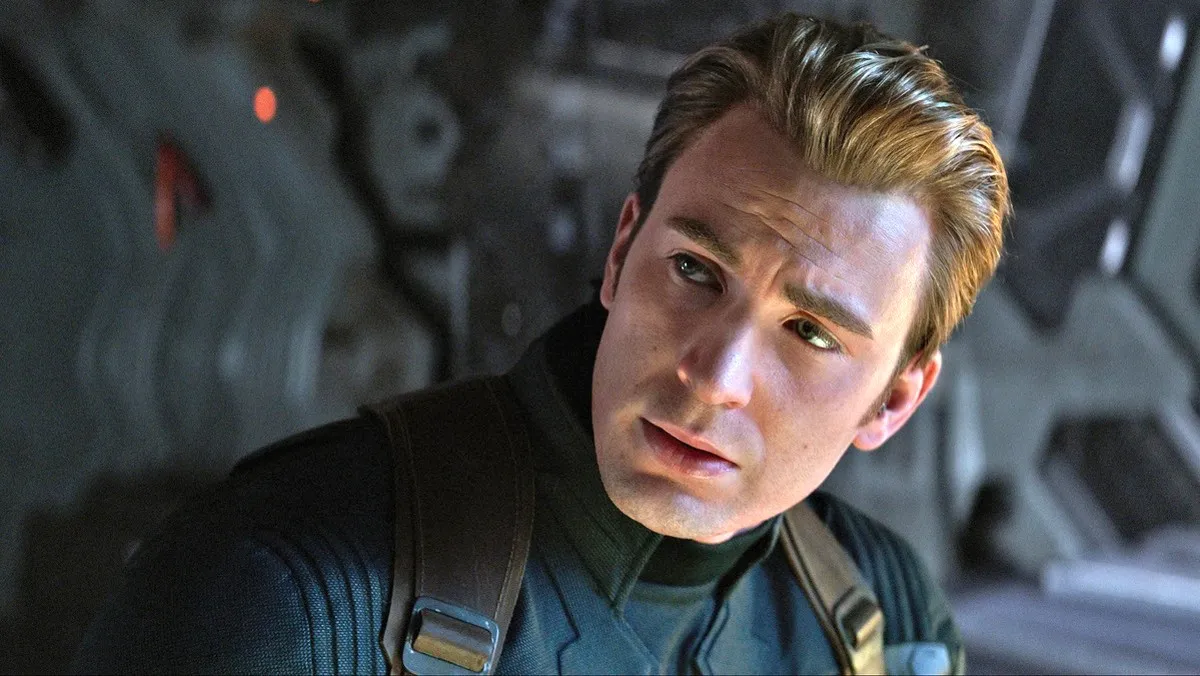Adventure-dramas are often driven by extensive action sequences and they rarely delve into the psychological motivations of the main character. But the new film The Hunter, helmed by Australian director Daniel Nettheim, successfully balances the title character’s intimate, emotional story with a stunning backdrop of the Tasmanian jungle. The movie, which was based on the 1999 novel of the same name by Julia Leigh, captures the mystery, suspense and thriller elements of the hunt while also capturing the hunter’s surprising humanity.
The Hunter follows the title character, Martin David (Willem Dafoe), a skilled and ruthless mercenary who’s sent into the Tasmanian wilderness to hunt a tiger believed to be extinct. The anonymous company that hired Martin wants the tiger’s genetic material, so Martin arrives in Tasmania posing as a scientist.
Martin sets up camp in a broken down farmhouse, and learns the father of the family who lives there has gone missing in the jungle where he’ll be working. While Martin is usually a loner, he becomes uncharacteristically close to the family; but while his attachment to the children grows, he’s led down a dangerous path to complete his deadly mission.
Recently, Nettheim generously took the time to talk to us and discuss the process of making The Hunter. The director spoke about the process of capturing the unique shots featured in the film, why Dafoe felt compelled to shoot in Tasmania and how the music and Martin’s limited backstory fit into the story.
Check it out below.
Question: Why did you capture such a wide space in the wilderness, and then also include the intimate setting of the house where Martin’s staying?
Daniel Nettheim: That’s always one of the things that always appealed to me about the book and the whole project. You have this whole intimate, human story set against this quite epic backdrop. The story behind Willem’s character and the family, that’s one part of the intimate story. But the real story is his own internal journey.
So we jumped from pictures of Willem like this (in the intimate setting) to him in the wide open planes. He’s then like an insignificant spec. I like that mankind is on this planet, having their petty battles, while nature is this big, indomitable force that stays there forever.
I think as a kid, I remember one of the early films that profoundly affected me was Peter Weir‘s Picnic at Hanging Rock. The way he depicted this rock as a beautiful force that will stand the test of time, I thought was really amazing. I referred back to that film when we were prepping for The Hunter.
Q: While you were in film school, you worked as a photographer, which showed in the way you captured the characters and the landscape. Did your photography experience help you while you were shooting?
DM: I worked with a really good cinematographer. But I also have strong instincts about framing and composition. They are instincts, because I don’t even know the logic that drives them. I can look at a frame, and say, that’s telling a story. Or I can look at a frame, and say, that’s not telling a story.
The cinematographer and I got along really well. There’s a great behind-the-scenes photo of the two of us together. But we did look at a lot of films together. We went back and looked at a lot of new Hollywood films for that wide-screen framing, like Deliverance and The Deer Hunter. We ended up putting together a little book for visual references.
By the time we were on set, we didn’t have to talk much. I would be working with the actors, and he would set up the frame. Sometimes I would change it, and sometimes I wouldn’t. Composition and frame is always important for me to tell a story.
Q: There were several breathtaking shots in The Hunter; one where Willem was in the forest, and the ray of light was coming down, and the other was where the birds were sweeping down. How were these shots come by?
DM: With the bird shot, when we were down in Tasmania with the main crew and actors, we didn’t get a lot of time to shoot those kinds of shots. We did end up going back to Tasmania, me and three guys, without the cast, specifically to get the time lapse with the clouds.
But with the birds, we did get in the main body of the shoot. One day we finished early, and I knew the shot of that particular angle on the mountain that I wanted to get. I knew what time of day the light would come in.
But we ended up running late-we wrapped a little late. We were in the car, just three of us-the camera operator, the DP and myself, and we were driving. We could see the mountain, and I realized we weren’t going to get there, to the location to get the perfect light, on time.
At that time, I saw this little dam, and I said, let’s stop here. We’re not going to get the light, so pull out the camera and tripod. We turn it on, and these birds flew by. At that moment, everything came together and looked amazing.
That shot of Willem, where the helicopter comes around and the light comes through, we knew the time of day that we needed to be shooting to get that kind of light. But it had been cloudy that day, and we only had the helicopter for one day. So we were thinking that we weren’t going to get the light. Just when we were coming up to that particular shot, suddenly the cloud cleared at the right time.
Q: Why is it important to keep species like the Tasmanian tiger alive?
DM:Bio-diversity, that’s the reason that biologists and conservationists give. Bio-diversity is important, and everything has a place in the ecosystem. But creatures do naturally become extinct not through the hand of people, but through nature. They become extinct for various reasons.
But the tiger was brutally massacred before its time. It was a unique creature. It’s not a dog or cat, it’s a marsupial most closely related to the kangaroo. It’s a noble and unique beast.
Q: Did it really have that poison in it?
DM: That’s debatable, there’s speculation. It wasn’t big enough to kill sheep and drag them away, as speculated. We took a bit of dramatic license by including that speculation. People don’t know enough about the creature.
There was a famous attempt to clone it from DNA from preserved specimens, going back to the beginning of the twentieth century. They ultimately decided that the material that they had was not in good enough state to use. Possibly in the future, they can do that.
Q: So how has the film been received in Australia, particularly Tasmania?
DM: This film was well-received in Australia, particularly Tasmania, they loved it. Tasmania is not known for being a great place to distribute an art house film, or independent cinema.
But the state theater in Hobart was the largest venue in the whole country for the film. It played for months longer there than anywhere else. We had a premiere down there, Willem came down. They closed off the main street. No one had seen anything like it. Films never get premiered in Tasmania. (laughs)
So I think there was a lot of local pride. People really relayed that they liked the film, that it depicted the island in a truthful and beautiful way. They really liked the story.
So it was really gratifying, because the Tasmanian government film board put money into the film. It was the first big thing they really invested in, and it paid off.
Q: Willem had said he wanted to make the film because he loves Tasmania. Can you tell us something about that?
DM: Yeah, Willem had never been to Tasmania before. He had worked in Australia before. He remembered that decades ago, touring with this theater group, and going to Victoria, and someone pointing across the water and saying that’s Tasmania over there. He remembered that.
When I met with him, and I said that it’s all on location in the wilderness, that was an appealing part of the adventure for him. He didn’t know Tasmania, but I informed him before we got there, and he really liked it. We were all generously received wherever we went. So he was very happy to come back.
Q: Can you talk about the influence of the music on the story?
DM: Music’s always important to me when working on a film. The Bruce Springsteen song was in the very first draft, but it wasn’t in the book.
Q: How much was the Bruce Springsteen song?
DM: Well, we could afford it. Obviously, he’s a big, well-known artist, so it was one of the big budget items in the film. But it was a two-year negotiation. The producers started talking with his reps before we had the film financed. We had to know how much we needed.
But we constantly thought, if we can’t get it, what else can we use in the sequence? We can never come up with anything as good that was right-that sounded right, that was emotionally right for the missing father.
In the end, I don’t think Bruce read the script, but I think he did read the scene, and did read the context and gave his permission. It’s not permission given lightly.
Q: Was there more back-story for Willem before he goes into the wilderness? Was it a conscious choice not to include so much information?
DM: We made a choice. Like in the book, there’s a lot of stuff going on inside his head, including some memories of when he was a kid, that didn’t really inform his character in a meaningful way. We made a disciple choice when adapting the book to keep it in the present tense, and not to have flashbacks.
Everything that we learn about this character, we learn from his actions, and what we see him do, other than what people say about him. It wouldn’t make logical sense for him to sit down in the pub, and be talking to some guy, saying, hey, when I was a kid. (laughs) He’s not someone who wants to reveal stuff about himself.
Likewise, what we learn about the world, and what we want the audience to learn, is through his eyes. Those were discipline choices that we made in the writing. Willem very much supported that. There were moments where we talked about putting bits of back-story in, but they weren’t helpful for that narrative and journey.
Q: What are you doing next?
DM: I’ve been reading scripts, but I haven’t decided yet. But it probably won’t be about a man alone in the wilderness! But one of the reasons why I loved The Hunter was because I felt that I could contribute something new to world cinema, instead of repeating a familiar story in a familiar genre. I wanted it to be new and surprising, and something that would last, rather than be something disposable.
Q: Did you initiate this project?
DM: Yes, with the producer. We talked about it for a long time, and worked together. He optioned the rights, with me attached as director. It always stayed that way.
Q: Was it difficult to get off the ground?
DM: The hard part was adapting the script. That took about eight years. Not eight years of full-time work, as we were working on other things. But it was always me or someone else working on a draft of the script.
We always knew the casting was going to be critical, that we needed the right character to carry it off. We couldn’t send it off to actors before it was ready. But we got to a certain stage where the potential investors were asking, who’s playing Martin David, who’s playing the hunter? When we could finally turn around and say Willem Dafoe’s playing the hunter, people could finally see the film.
That concludes our interview, but we’d like to thank Daniel Nettheim for taking the time to talk to us. Be sure to check out The Hunter when it hits select theaters this Friday, April 6.





